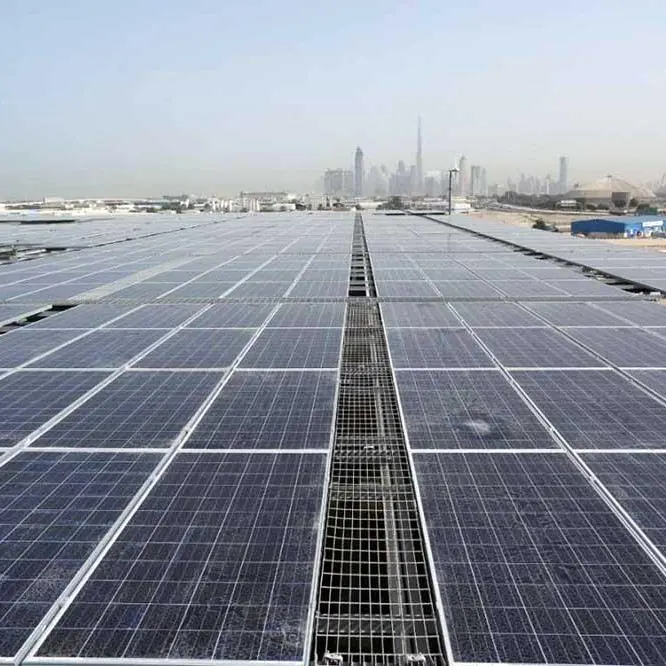19 October 2016
OPEC has agreed to its first production cut since the 2008 financial crisis, surprising the market which had widely expected no agreement to come out of the informal group meeting in Algiers. The producers' bloc will now target output in a range from 32.5m b/d to 33m b/d and full details are likely to be decided at the next official meeting held by OPEC in November.
The magnitude of the cut depends on the source of oil data but if OPEC cut to the lower end of the range based off its own estimates of supply (as published from secondary sources in its monthly oil market reports), then it would remove nearly 750k b/d from the market. A cut from the International Energy Agency’s estimates of OPEC production would be larger, at closer to 1m b/d. Whatever the source data, the size of the cut looks significant enough to be a major boost to rebalancing global oil supplies if it is indeed implemented.
But that is where the questions begin. One proposal for the cut as released by Algerian officials plots out cuts for all members save Iran, Libya and Nigeria while Venezuela would be able to recover some ground from its low volumes recorded over the third quarter. In volume terms, this means Saudi Arabia would cut output over 440k b/d, the United Arab Emirates more than 150k b/d and Iraq would cut production by 135k b/d and smaller cuts across the rest of the producers. If the deal kicked in from November—as export volumes for October have likely already been arranged—then we estimate OPEC would still have managed to increase production by an average of 1.4m b/d in 2016 but that collective output would fall by around 320k b/d next year if Nigeria and Libya held at current levels.
Whether OPEC adopts a group wide target or individual country quotas remains up for discussion. In either case enforcement will become an issue as there is no policing of levels within OPEC and a higher oil price would encourage slippage among less disciplined members. A group wide target would also reintroduce some monthly volatility around when OPEC releases production details as the market will again fixate on how much OPEC has exceeded or missed its target.
A second question is how long the production cut would remain in force. In order for the cut to help move markets into deficit all other producers would need to hold still, which is hardly believable if oil prices do move to higher levels. Indeed, the IEA was already projecting an increase in non-OPEC supplies in 2017 thanks to higher volumes from former Soviet Union producers, Canada and Brazil, among others. If toward the middle of 2017 OPEC countries see that they are again fighting a hard battle for market share and forced to cut official selling prices to remain competitive, then a production may not be long for this world.
A further, but not final question, is what if the cut doesn't work to help prices rally? Long-term Brent futures have struggled to advance much past $55/b this year and despite the large jump in prices earlier this month the 2017 forward strip only projects around a 7 percent increase off current levels. We estimate Saudi Arabia's fiscal break even oil price at around $78/b for 2016, far above the current futures curve.
At this stage, if prices do not sustainably rally to above $50/b or higher we wouldn't rule out some of the more strained members of OPEC calling for an additional production cut. OPEC members would then be entering a very slippery slope of cutting and hoping for a significant rebound in prices. While we dislike the characterization of OPEC as oil's central bank, the recent experience of monetary authorities carrying on with more of the same policies and achieving fewer and fewer results does not inspire confidence in taking this route.
Any opinions expressed here are the author’s own.
© Opinion 2016
OPEC has agreed to its first production cut since the 2008 financial crisis, surprising the market which had widely expected no agreement to come out of the informal group meeting in Algiers. The producers' bloc will now target output in a range from 32.5m b/d to 33m b/d and full details are likely to be decided at the next official meeting held by OPEC in November.
The magnitude of the cut depends on the source of oil data but if OPEC cut to the lower end of the range based off its own estimates of supply (as published from secondary sources in its monthly oil market reports), then it would remove nearly 750k b/d from the market. A cut from the International Energy Agency’s estimates of OPEC production would be larger, at closer to 1m b/d. Whatever the source data, the size of the cut looks significant enough to be a major boost to rebalancing global oil supplies if it is indeed implemented.
But that is where the questions begin. One proposal for the cut as released by Algerian officials plots out cuts for all members save Iran, Libya and Nigeria while Venezuela would be able to recover some ground from its low volumes recorded over the third quarter. In volume terms, this means Saudi Arabia would cut output over 440k b/d, the United Arab Emirates more than 150k b/d and Iraq would cut production by 135k b/d and smaller cuts across the rest of the producers. If the deal kicked in from November—as export volumes for October have likely already been arranged—then we estimate OPEC would still have managed to increase production by an average of 1.4m b/d in 2016 but that collective output would fall by around 320k b/d next year if Nigeria and Libya held at current levels.
Whether OPEC adopts a group wide target or individual country quotas remains up for discussion. In either case enforcement will become an issue as there is no policing of levels within OPEC and a higher oil price would encourage slippage among less disciplined members. A group wide target would also reintroduce some monthly volatility around when OPEC releases production details as the market will again fixate on how much OPEC has exceeded or missed its target.
A second question is how long the production cut would remain in force. In order for the cut to help move markets into deficit all other producers would need to hold still, which is hardly believable if oil prices do move to higher levels. Indeed, the IEA was already projecting an increase in non-OPEC supplies in 2017 thanks to higher volumes from former Soviet Union producers, Canada and Brazil, among others. If toward the middle of 2017 OPEC countries see that they are again fighting a hard battle for market share and forced to cut official selling prices to remain competitive, then a production may not be long for this world.
A further, but not final question, is what if the cut doesn't work to help prices rally? Long-term Brent futures have struggled to advance much past $55/b this year and despite the large jump in prices earlier this month the 2017 forward strip only projects around a 7 percent increase off current levels. We estimate Saudi Arabia's fiscal break even oil price at around $78/b for 2016, far above the current futures curve.
At this stage, if prices do not sustainably rally to above $50/b or higher we wouldn't rule out some of the more strained members of OPEC calling for an additional production cut. OPEC members would then be entering a very slippery slope of cutting and hoping for a significant rebound in prices. While we dislike the characterization of OPEC as oil's central bank, the recent experience of monetary authorities carrying on with more of the same policies and achieving fewer and fewer results does not inspire confidence in taking this route.
Any opinions expressed here are the author’s own.
© Opinion 2016












